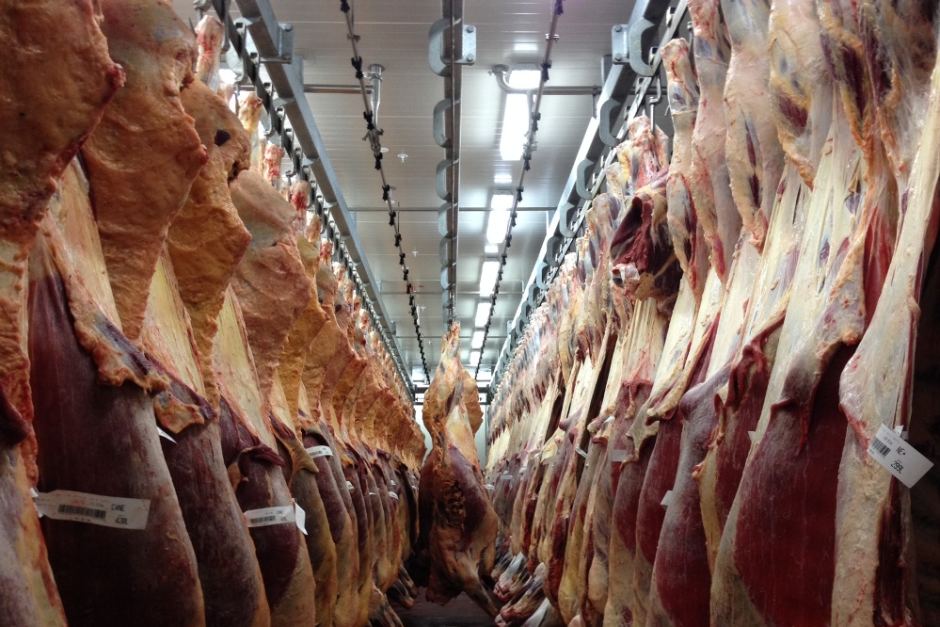
The prices paid for prime cattle 'don’t consistently reflect' the yield of trimmed primal cuts from the carcase, according to a lnew AHDB Beef & Lamb report.
The analysis shows that, in particular, carcases which are well away from the target specification attract much lower prices than might be expected given their meat yield.
Furthermore, the differences increased significantly over the year to February 2016.
The report, which is the final part of a series aiming to improve the transparency and understanding of prime cattle pricing, looks at how the price paid for cattle of different classifications correlates with meat yield from the carcase.
It illustrates that trimmed primal yields are greatest for the highest conformation, lowest fat carcases.
Yields gradually decline as fat class rises and/or conformation falls, even if yields are adjusted to take account of the different value of cuts.
If prices (on a p/kg basis) were based solely on primal yield then they should follow the same pattern, with the highest prices paid for E1 animals and values gradually declining as fat class rises and/or conformation falls.
However, the data shows that prices actually peak around fat classes 3 and 4L, dropping away either side of this.
Carcases with the best conformation do generally attract the highest prices, but there is less difference between grades than yields would imply.
Sizes and consistency
However, yields are not the only thing affecting prices and the report highlights the importance of other factors, such as cut sizes and consistency.
Stephen Howarth, market specialist manager for AHDB Market Intelligence, said: "While some may conclude from this research that the prices paid for prime cattle are unfair, it’s important to bear in mind that processors need to ensure a supply of cattle that fit the requirements of their customers.
"There is a growing desire for consistency of cut sizes and appearance from both retail customers and consumers, with budget-conscious shoppers increasingly resistant to buying larger cuts and most retail packs restricted to cuts of a limited weight range.
"Saleability may therefore be affected by carcases which are either too large, too lean or too small.
"Achieving this requires cattle that consistently meet target specification, which will also help to minimise processing costs.
"Ultimately, decisions about pricing are a matter for commercial negotiation between producers and processors.
"However, the pricing changes over the last year should send a clear message to producers about the importance of ensuring their cattle meet the requirements of the market in order to receive the best prices."
